If you reside in a region where the temperature drops below freezing, you know firsthand the dangers of ice accumulation. When the winter winds blow, temperatures drop, and the rain turns to sleet or snow; driveways, sidewalks, and steps become hazardous.
Homemade ice melt solutions and anti-icing products help prevent snow and ice from bonding to steps, sidewalks, driveways, and roadways and are meant to be applied hours before a predicted snow or ice storm. De-icing products break the bond of already existing ice and snow.
Although there are a host of useful commercial de-icing products available, they can be expensive and are potentially harmful to pets, plants, and paved surfaces. That said, there are a variety of cheap, eco-friendly homemade ice melt options available for your home.
Some eco-friendly, homemade ice melt solutions include:
- Rubbing alcohol and dish soap
- Wisconsin cheese brine
- Baking soda
- Rock salt
- Adding traction
- Fertilizer
Some store-bought ice melts include:
- Ice slicer
- Eco-friendly liquid anti-icing products
- Nontoxic antifreeze
Read on to learn more about how to de-ice your sidewalk and driveway to protect you and your family from a potentially dangerous fall.
Rubbing Alcohol and Dish Soap
For a quick fix, a mixture of rubbing alcohol and Dawn dishwashing liquid does the trick. The basic recipe is 5 to 10 drops of Dawn and 1 ounce of rubbing alcohol per quart of warm tap water.
Make up a quart of the mixture, and use a spray bottle to quickly de-ice small areas, or mix several gallons and pour over more extensive areas as needed. The solution works well and will not harm vegetation adjacent to the treated area.
Wisconsin Cheese Brine
The innovative folks in Wisconsin have come up with another unconventional de-icer proven effective: cheese brine. Cheese brine is applied to combat ice buildup on public roadways in several counties in Wisconsin. If you make your own cheese, save the brine and apply it to slippery iced-over spots when the winter winds blow.
Baking Soda
Baking soda is a tried and true homemade ice melt used for slippery walkways and steps. Similar to salt, baking soda lowers the freezing point for ice accumulation to accelerate the melting process. Baking soda is less alkaline than table or rock salt, so it won’t damage concrete or bricks as salt can.
Rock Salt
The most commonly used homemade ice melt solutions are common table salt, Epsom salt (magnesium sulfate), sodium chloride (commonly known as rock salt), magnesium chloride, calcium chloride, potassium chloride, and calcium magnesium acetate.
When applied to slippery surfaces, the salts mix with water from accumulating snow and form a brine that lowers the freezing point of the pavement. Sand is often mixed with these salts or chloride concentrations to increase traction.
If you choose to de-ice with salt, make sure to keep in mind that accumulation of salts and chloride reduces soil fertility and permeability while increasing density and alkalinity. The resulting adverse effect on the chemical properties of soil saturated with salts and chloride concentration impacts the soil’s ability to retain water — an essential factor in erosion control as well as plant growth.
Fertilizers
When the highway is too icy to make it to the store safely, you likely have fertilizer stored in the shed. Alfalfa meal, urea, and ammonium sulfate found in fertilizer mixtures will help melt ice. This is a temporary solution and should not be used throughout the season as the properties of most fertilizers, while effective in melting ice, can burn vegetation and erode concrete.
Add Traction
Sand, granite chips, kitty litter, sawdust, or coffee grounds sprinkled on slippery surfaces won’t melt ice but will provide traction that helps prevent falls. If you go with sand, a handheld spreader is an easy way to make sure that the walkway is thoroughly coated.
The most environmentally friendly traction agent is birdseed. Not only does it add good traction, but it also provides feed for birds and domestic fowl that may have difficulty locating a food source during a winter storm.
Eco-Friendly Commercial Ice Melt Products
In addition to homemade ice melt options, there are a variety of eco-friendly options you can purchase online or at your local home and garden store.
Ice Slicer
If you’re looking for a product that melts down snow and ice while enhancing surface traction, consider applying a commercial granular anti-icing blend of natural minerals such as Ice Slicer.
Available for purchase online, this environmentally friendly, noncorrosive product is a homogeneous blend of calcium, sodium magnesium, potassium, sulfur, iodine, iron, copper, zinc, manganese, and phosphorous that is effective in melting snow and ice to 5 degrees Fahrenheit.
Nontoxic Antifreeze
Nontoxic, pet-friendly antifreeze, which substitutes harmful ethylene glycol for propylene glycol, is safe to use to melt ice accumulations on steps and sidewalks. Available at local home and garden shops or online, non-toxic antifreeze is sufficient for melting ice to temperatures as low as minus 50 degrees Fahrenheit.
That said, never use standard automotive antifreeze containing ethylene glycol to melt snow and ice. While it is useful for melting ice, ethylene glycol is extremely poisonous and can kill family pets that are attracted to its sweet taste.
Eco-Friendly Liquid Anti-Icing Products
If you have large areas around the homestead such as driveways or livestock loading ramps, consider buying an environmentally friendly, liquid anti-icing agricultural product. These de-icers are derived from a renewable source such as fermented grains, or the processing of sugars such as beet or cane sugar.
“Beet Heet,” available at local feed supply stores or online, is a bit more expensive than homemade solutions but provides ice control for large areas where the environmental impact is a significant concern. Carbohydrate-based de-icers are effective to minus 25 degrees Fahrenheit.
A Word of Caution
If you are an organic gardener with concerns about protecting our precious planet, it is best to avoid all commercial anti-icing/de-icing products. Many commercial mixtures incorporate ferric ferrocyanide or sodium ferrocyanide as anti-caking additives. Cyanide damages the environment when it is leached into ground or surface water. Other noxious chemicals found at trace levels in some commercial de-icers, include mercury, lead, and arsenic.
Avoid using sand on sidewalks and roadways located in spots where spring rains can wash it into storm drains, ponds, streams, lakes, or wetlands. Sand clouds the water, can smother aquatic life, fills in natural marine and wildlife habitats, and can pollute waterways with contaminants like grease and oil.
Anti-icing/de-icing products, whether a homemade mixture of simple household ingredients, salts, or include chemical additives, can cause damage to carpets and wooden flooring. To protect the integrity and beauty of your home, be sure to remove winter footwear while standing on a floor mat or in an area with flooring that can stand up to a wet, muddy mess.
References
- Environmental Impacts of Road Salt and Other De-icing Chemicals, Minnesota Stormwater Manual
- Potential for Natural Brine for Anti-Icing and De-Icing, New York State Department of Transportation
- Bio-Based Renewable Additives for Sustainable Roadway Snow and Ice Control Operations, United States Department of Transportation


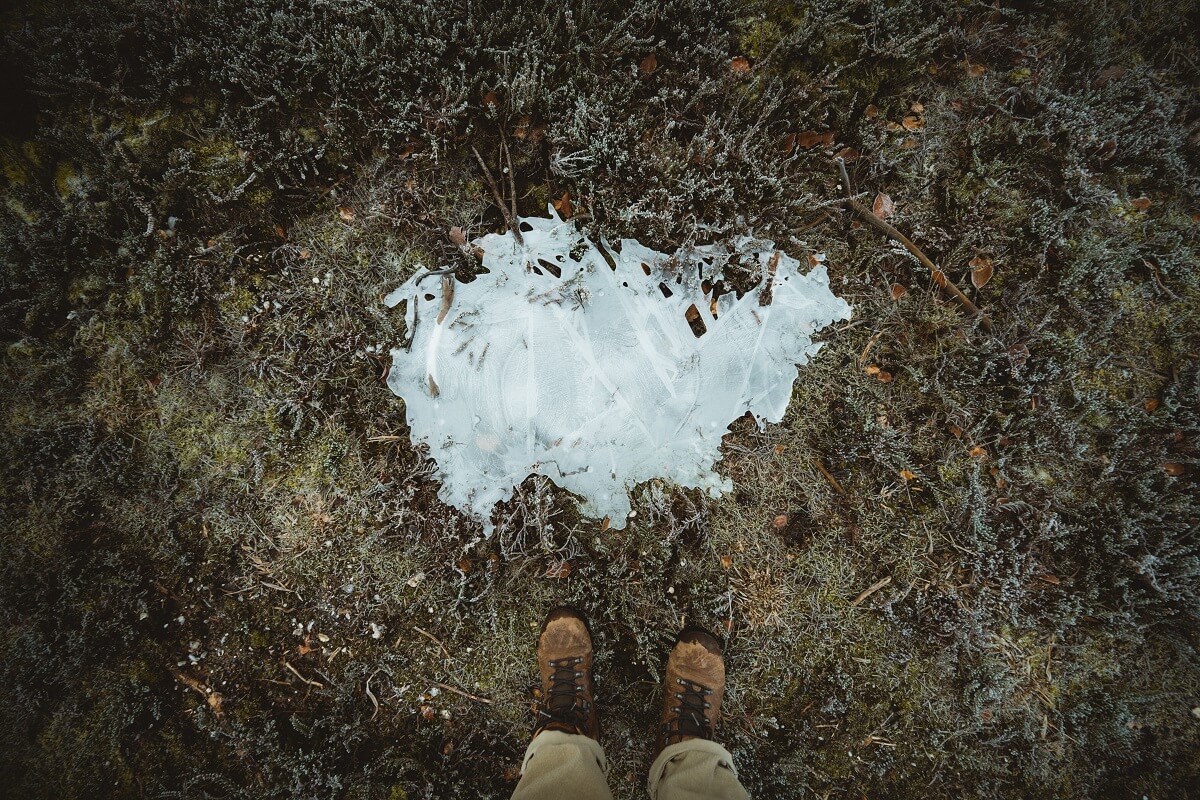
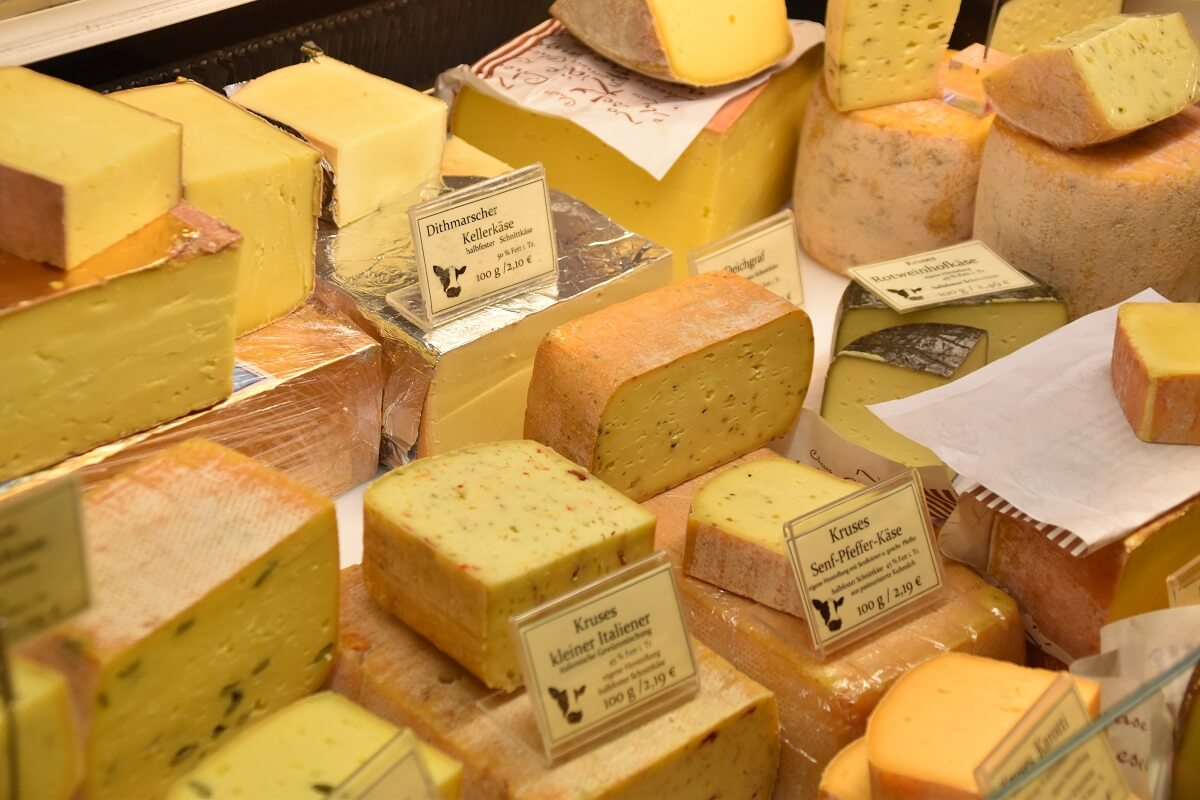
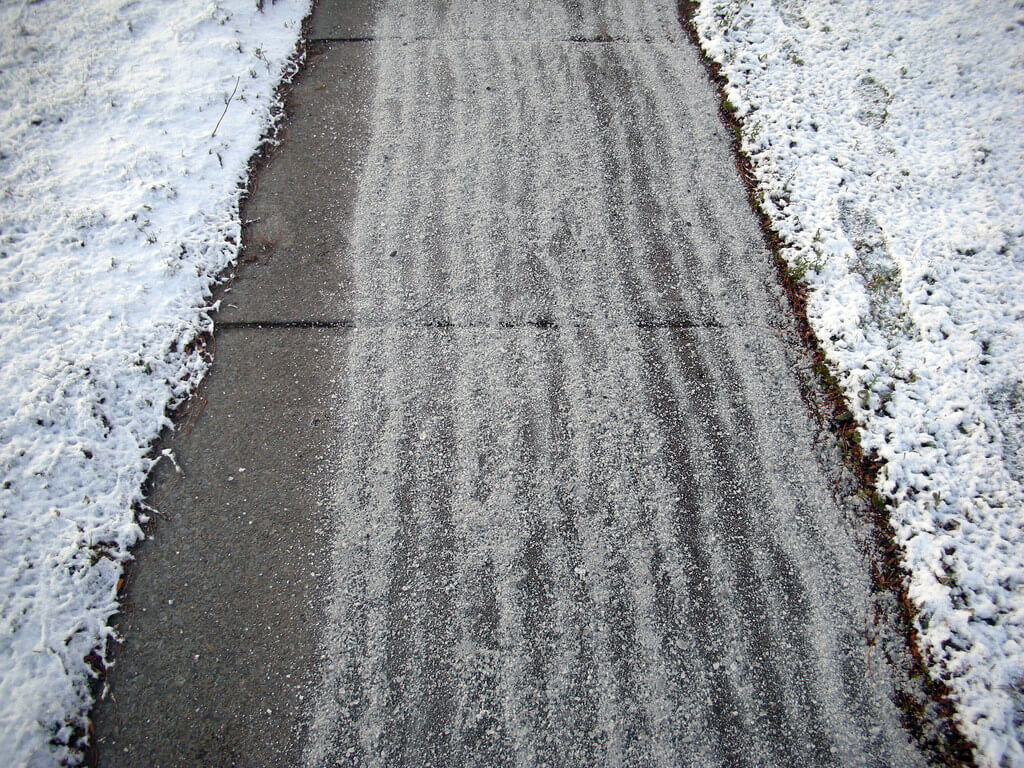
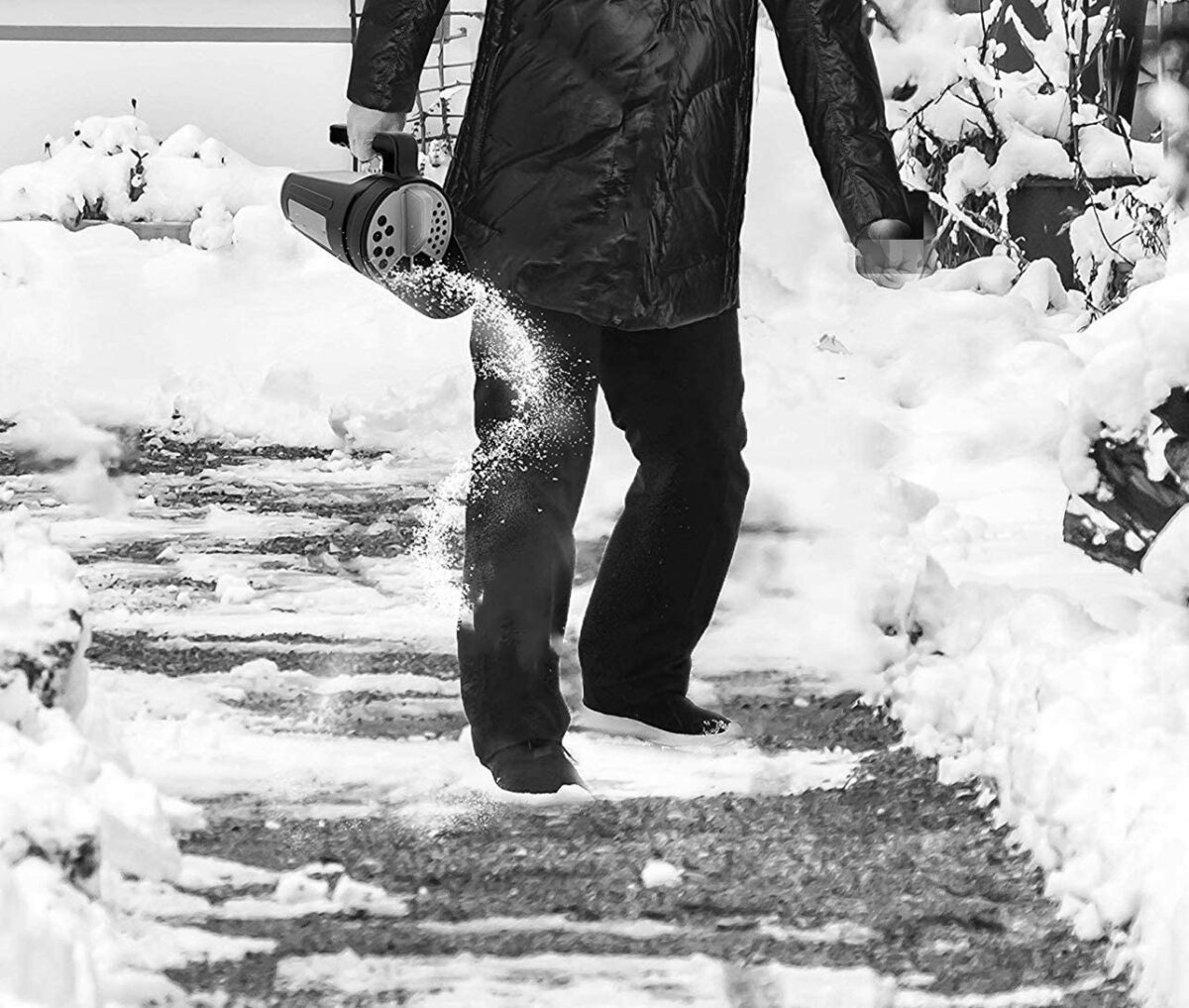
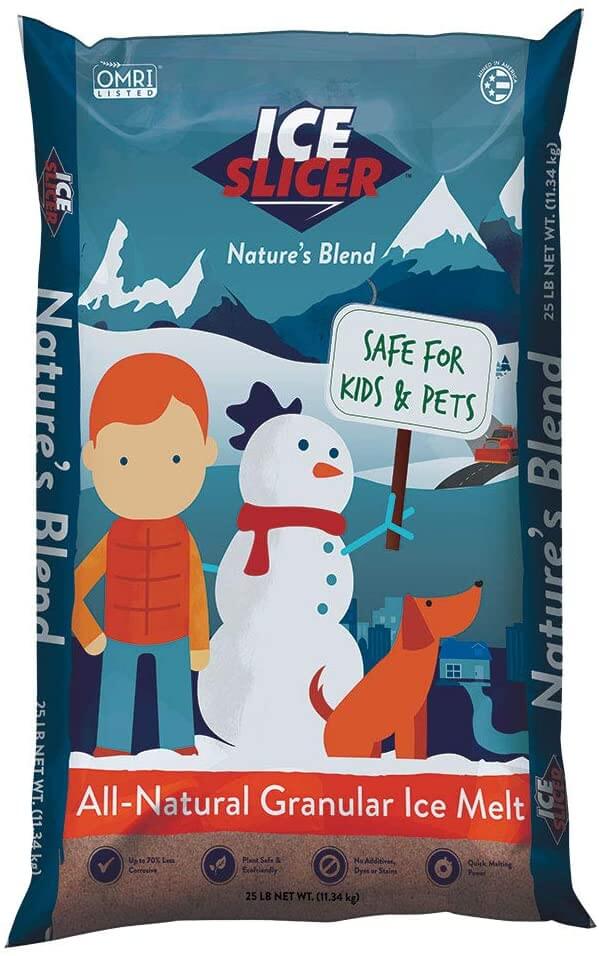
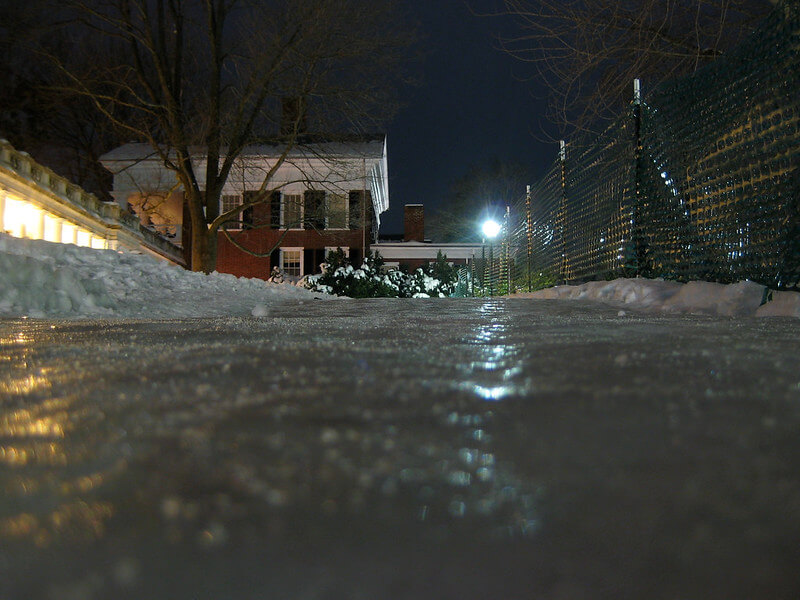


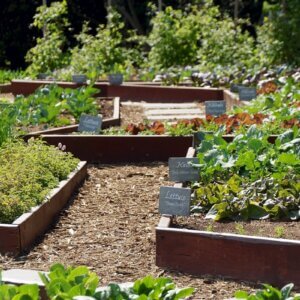


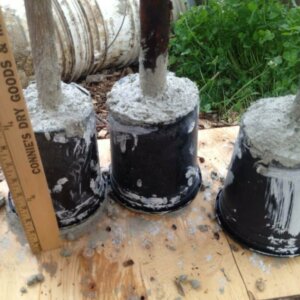
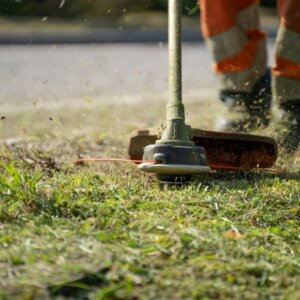
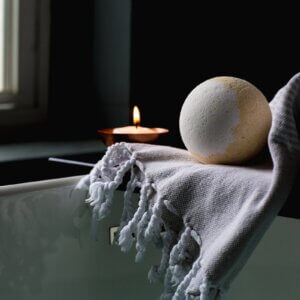


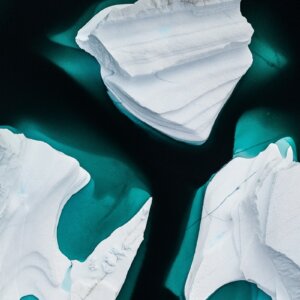




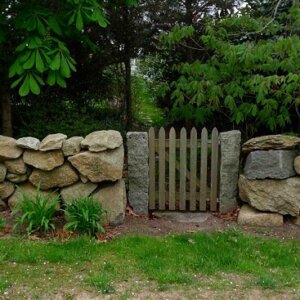
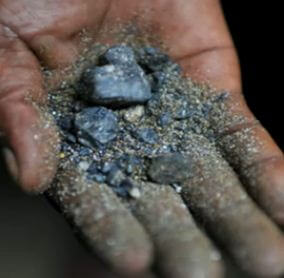
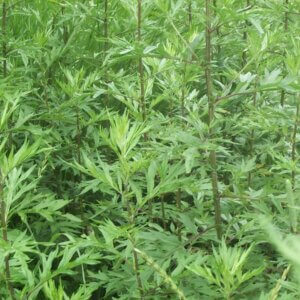
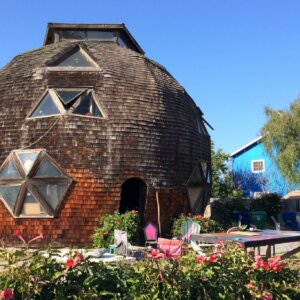


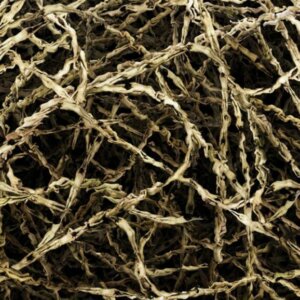


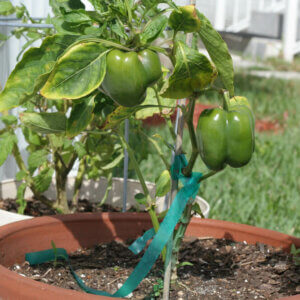



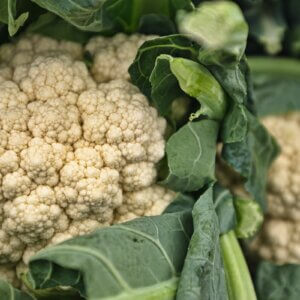


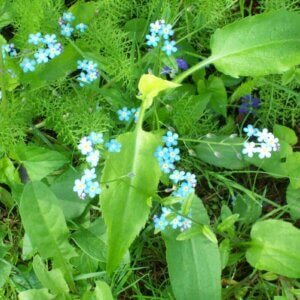





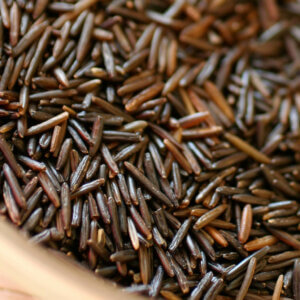
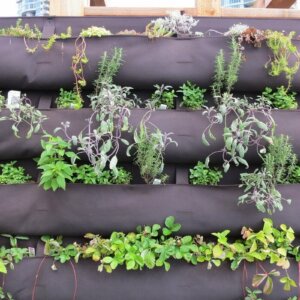

I came across your research and was impressed by your expertise in the field of Environmental Engineering/Natural Water Systems. I am particularly interested in the articles you have published and would love to learn more about your research and the process you went through to publish your findings.
Furthermore, I am currently in the process of developing a science fair project that aims to test out different alternatives to traditional ice melters and also aims to develop a new kind of cool ice destabilizer. As someone with extensive experience in the field, I believe your insights and advice would be invaluable to the success of my project.
Would it be possible to connect with you and discuss how I can design a science fair project to test out all the different alternatives and how to develop a new kind of cool ice destabilizer? Additionally, would you be willing to share any insights or advice that could help me as I undertake this project?
Thank you for considering my request. I look forward to hearing from you soon.